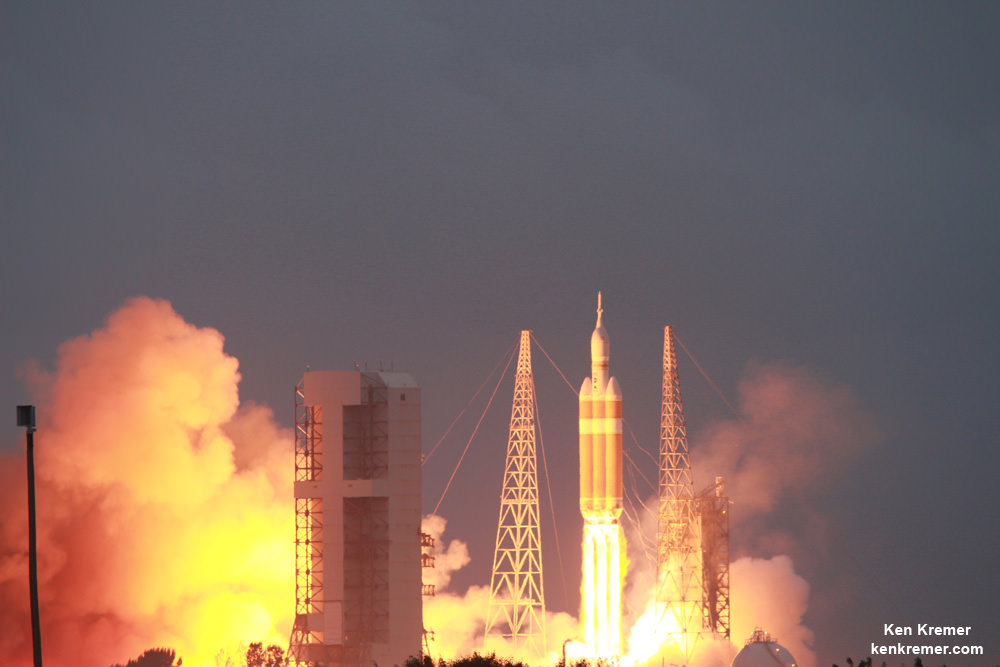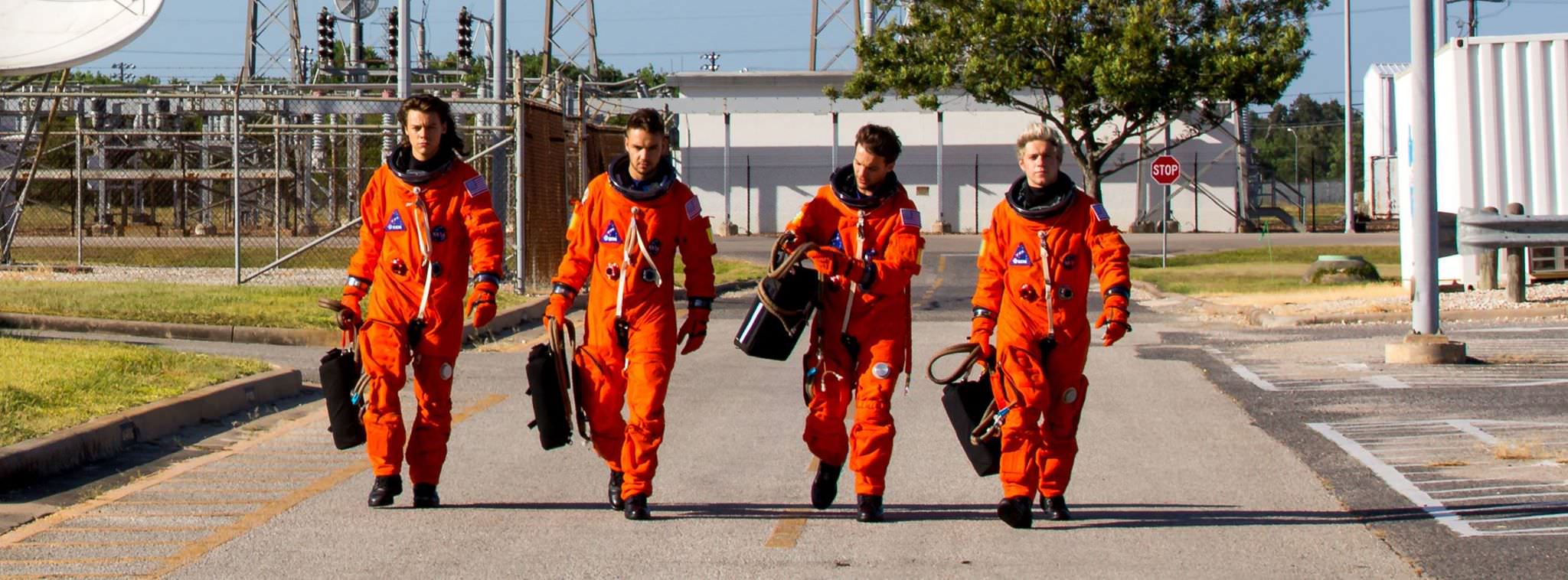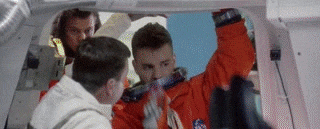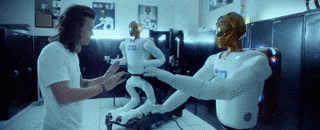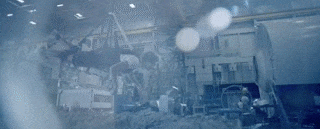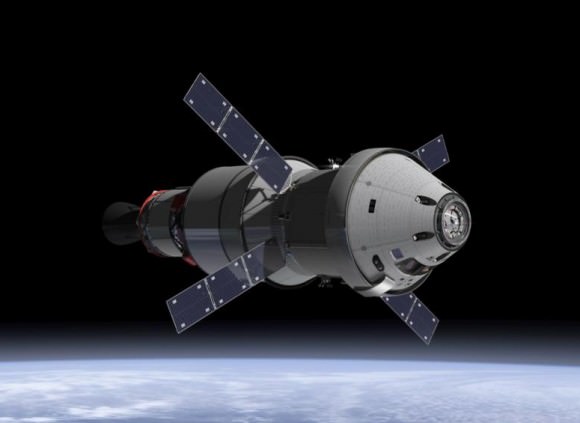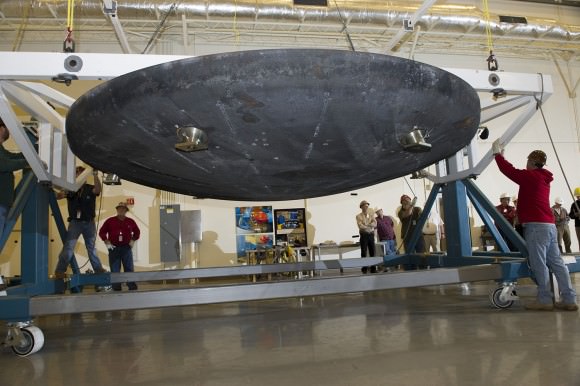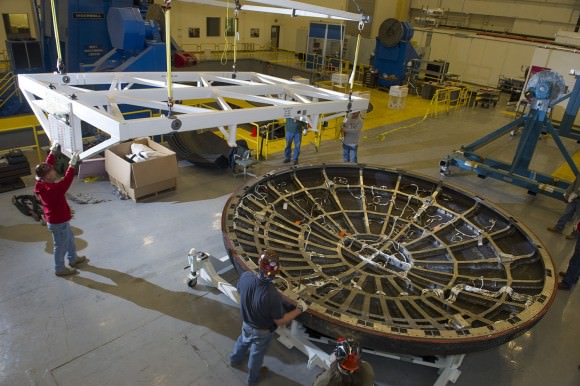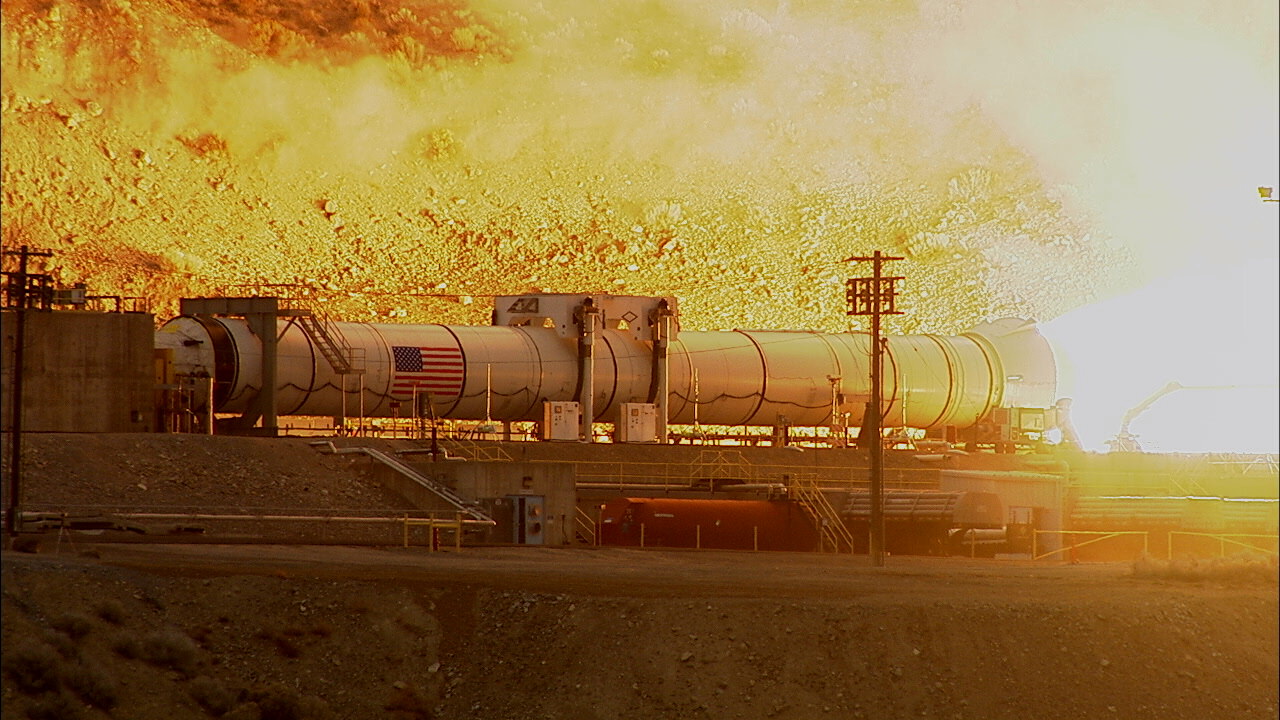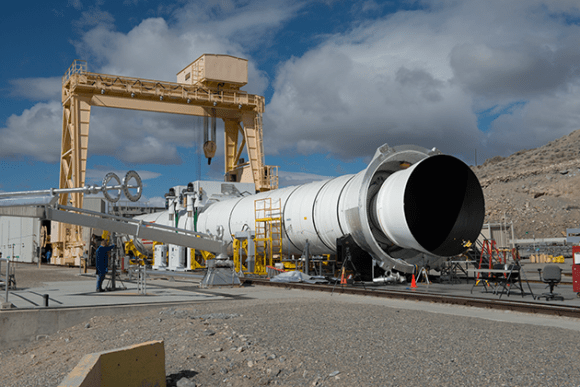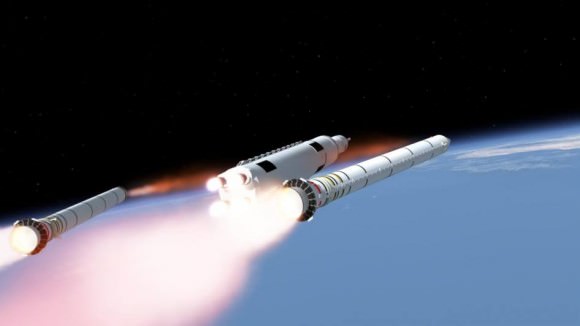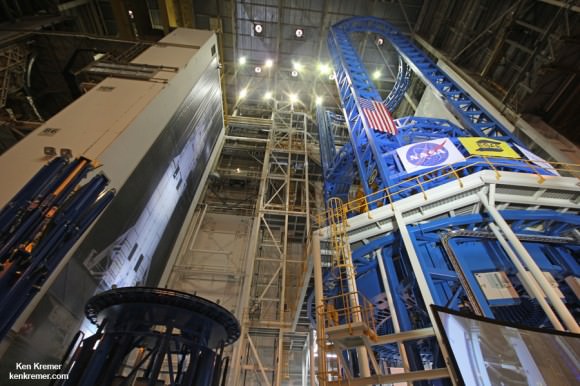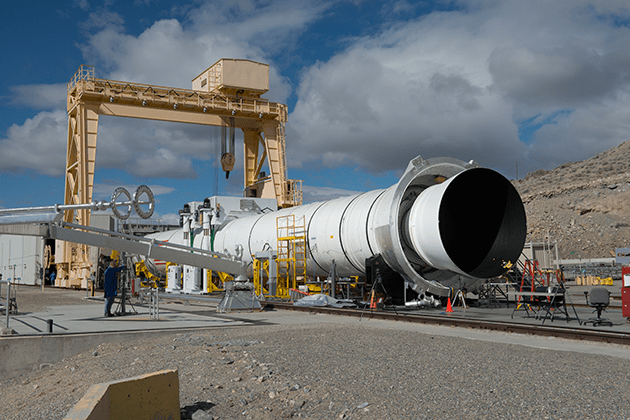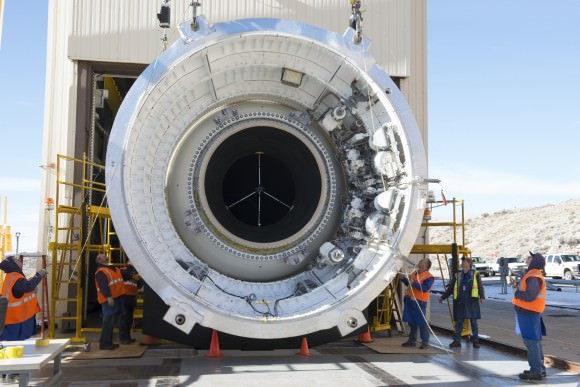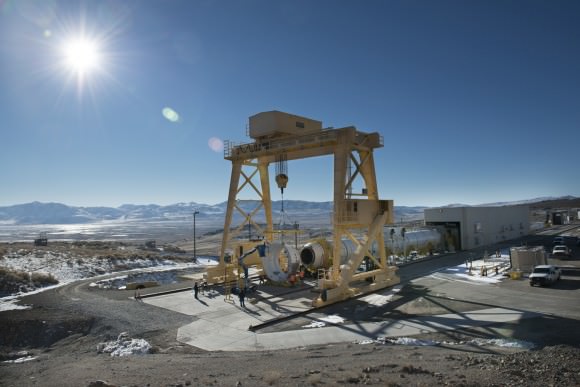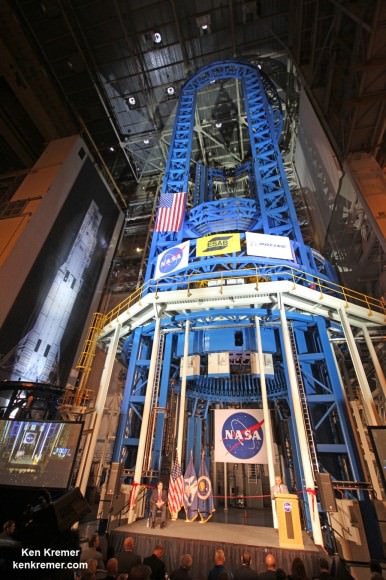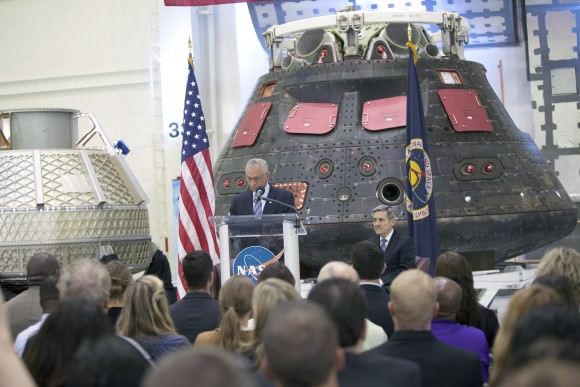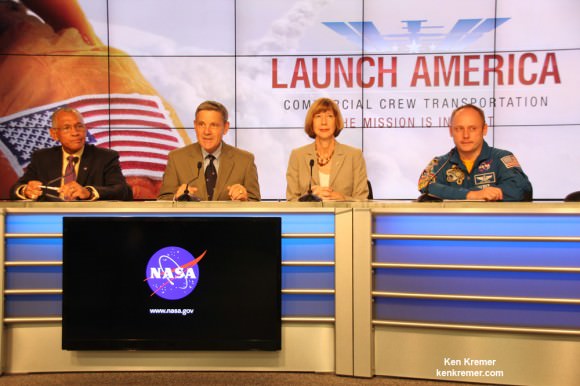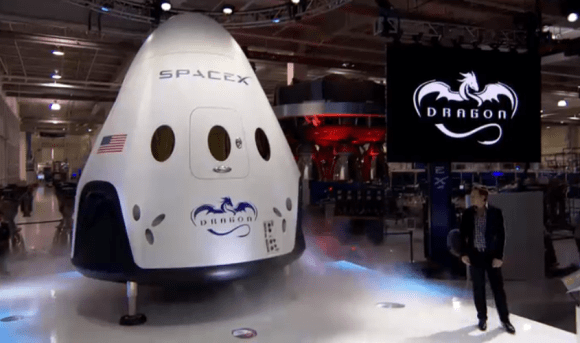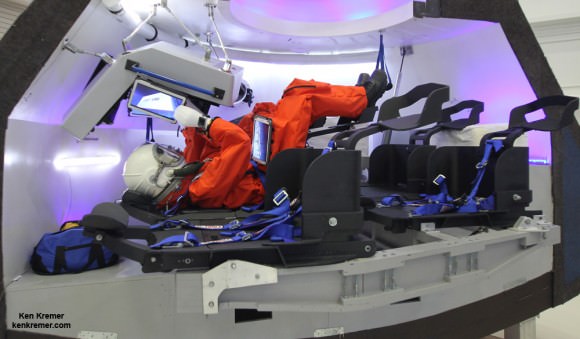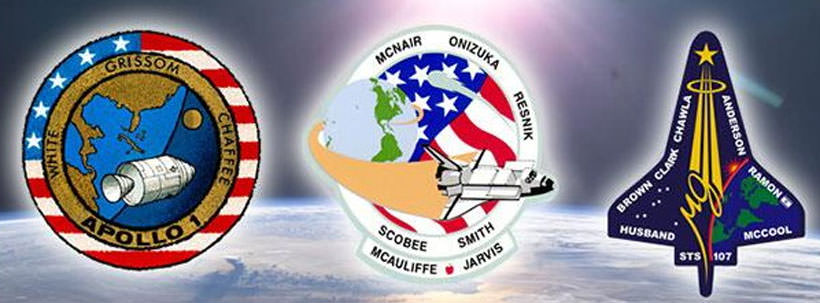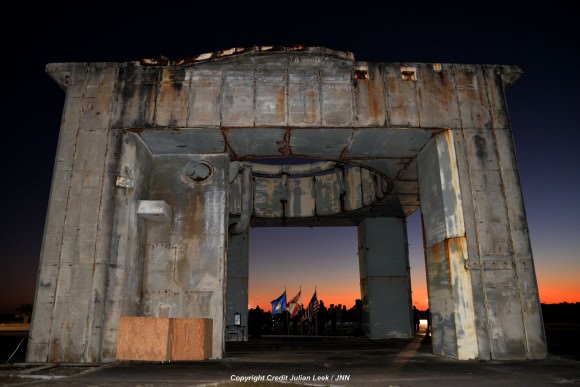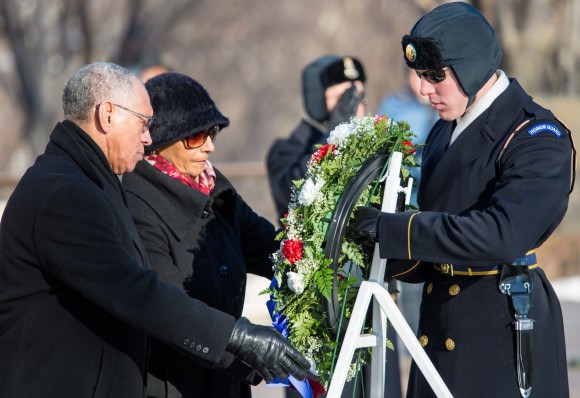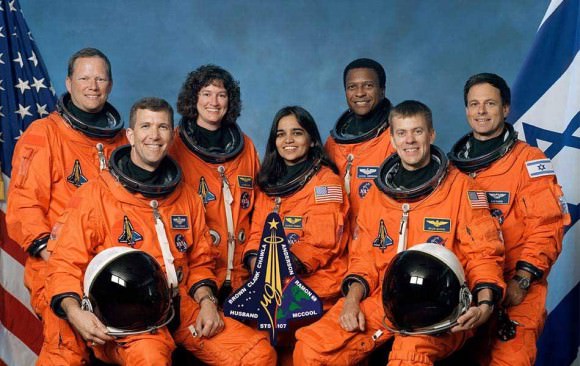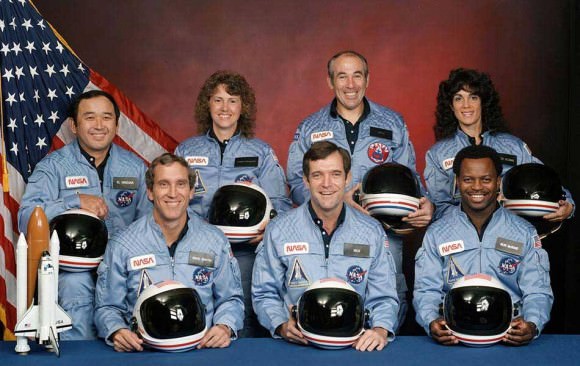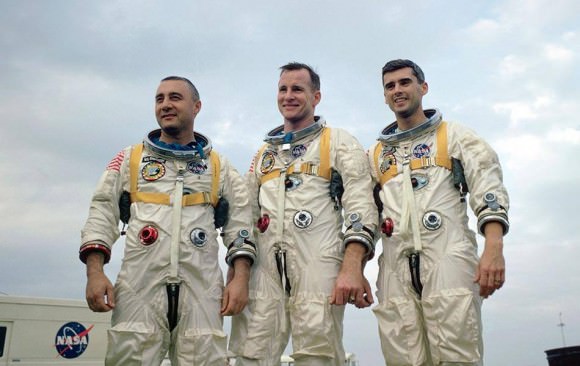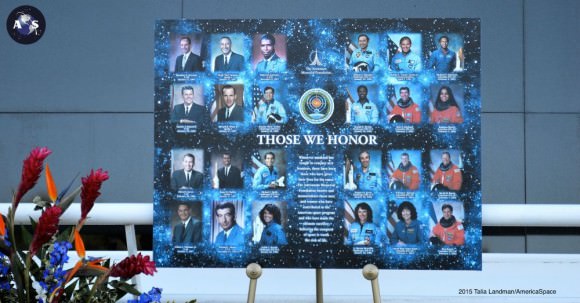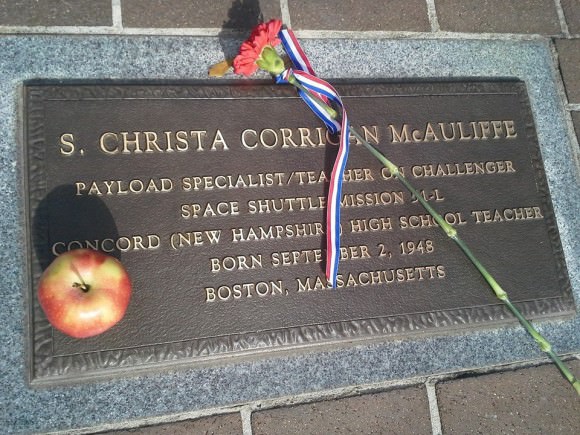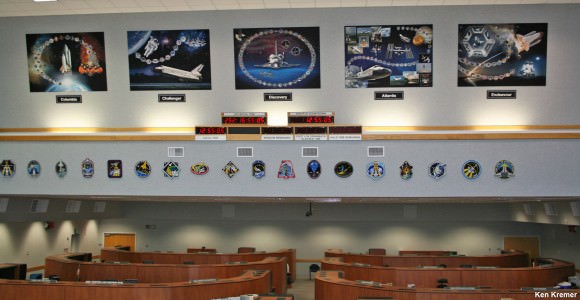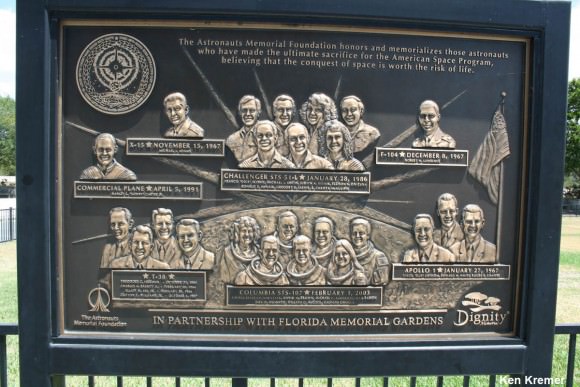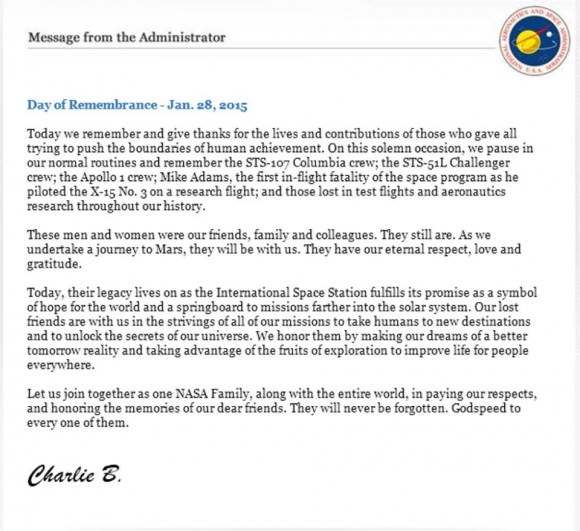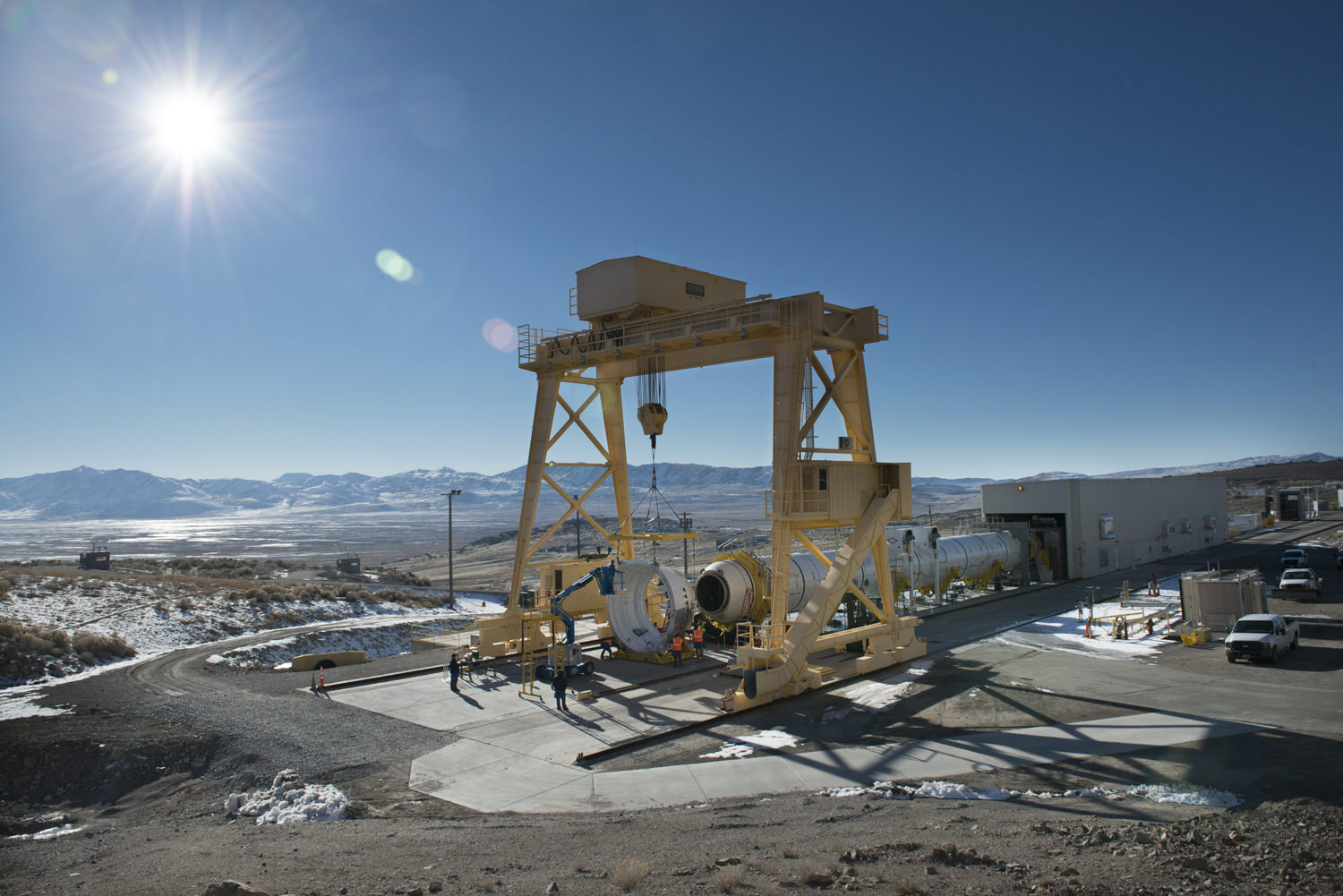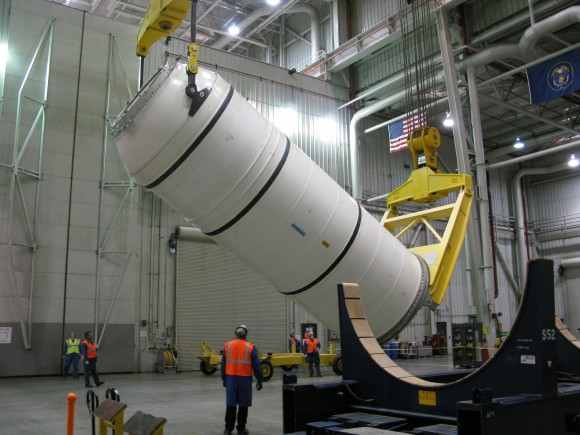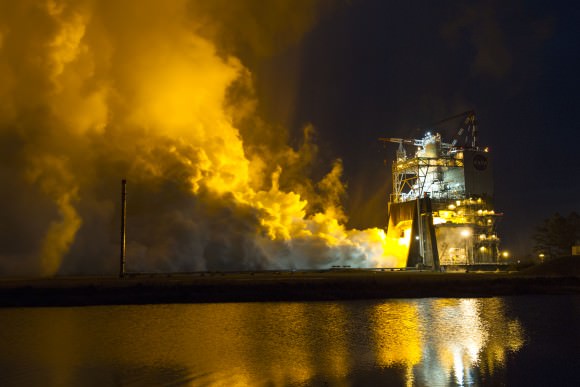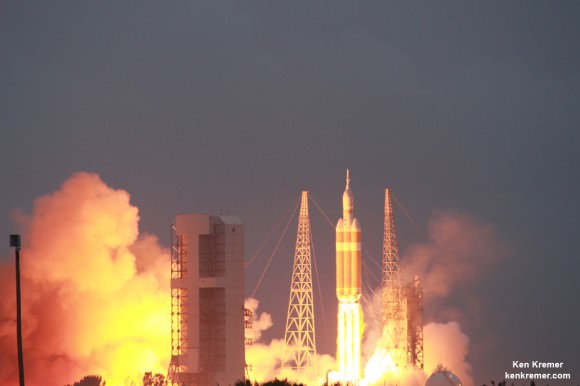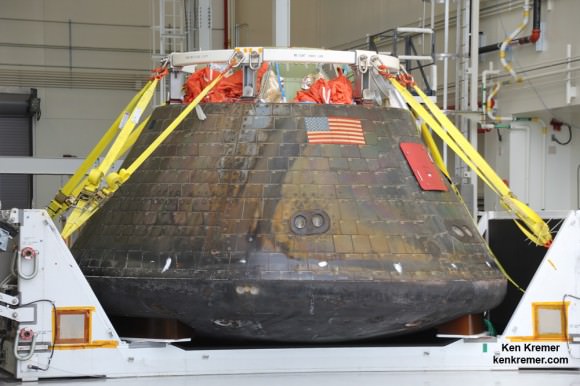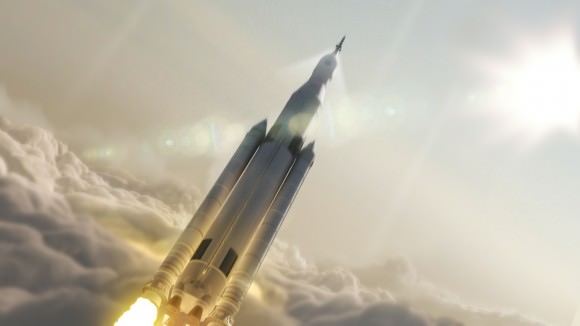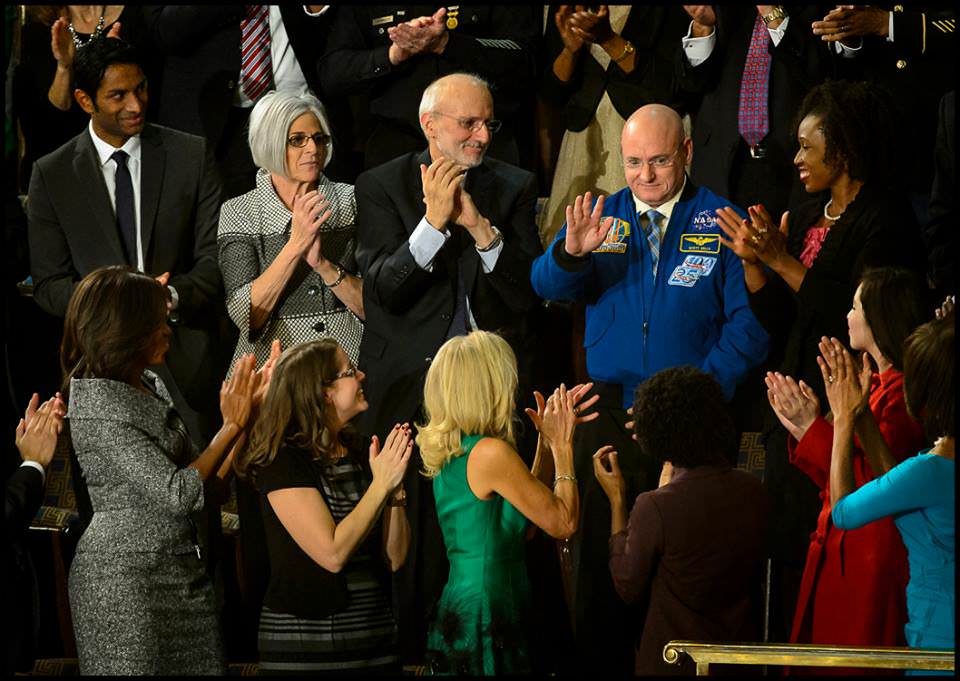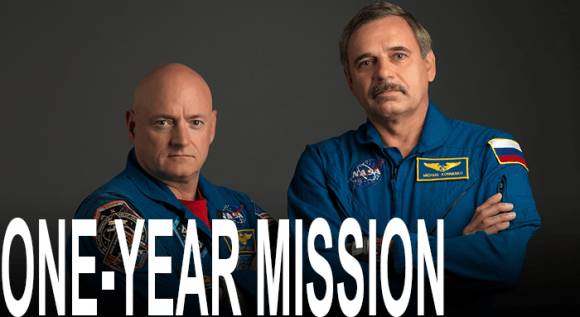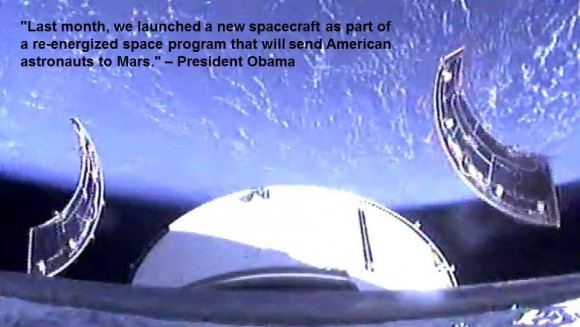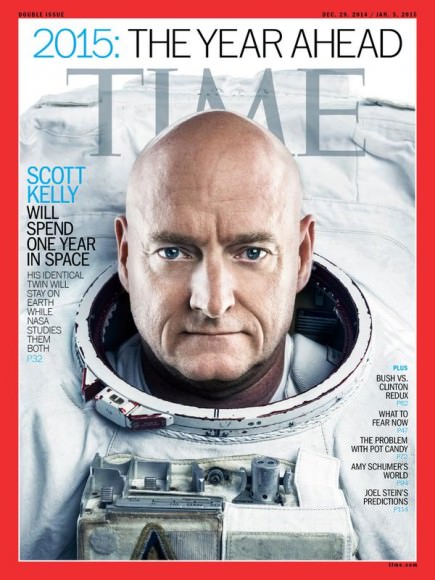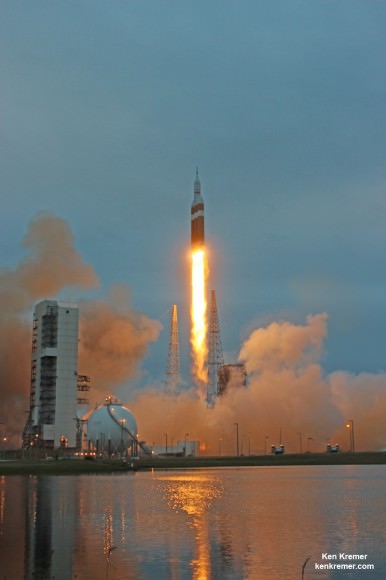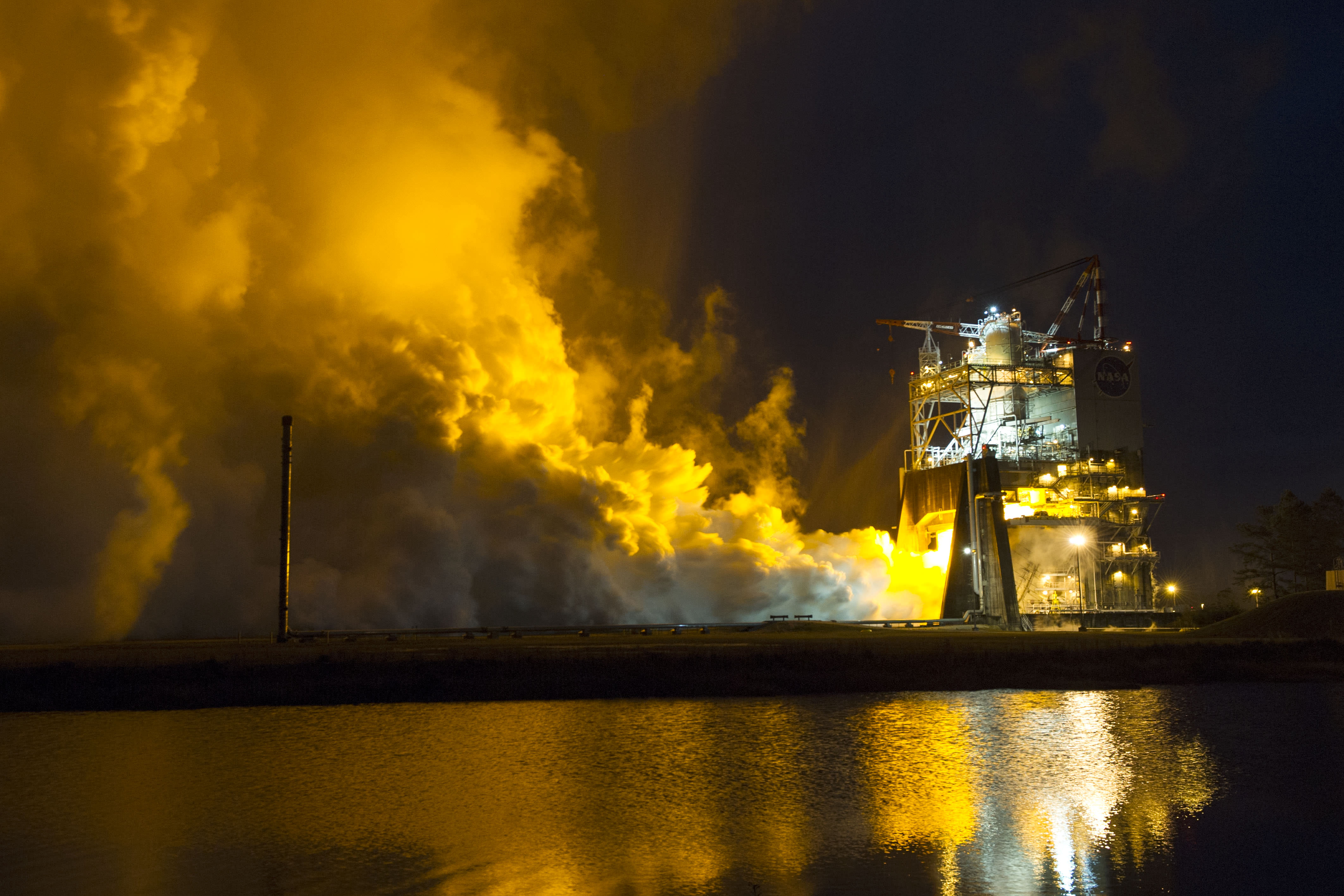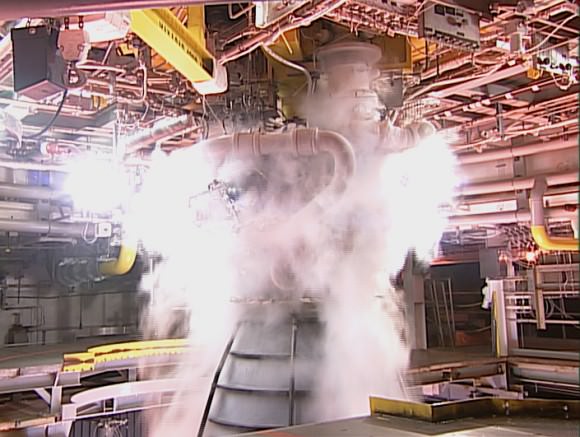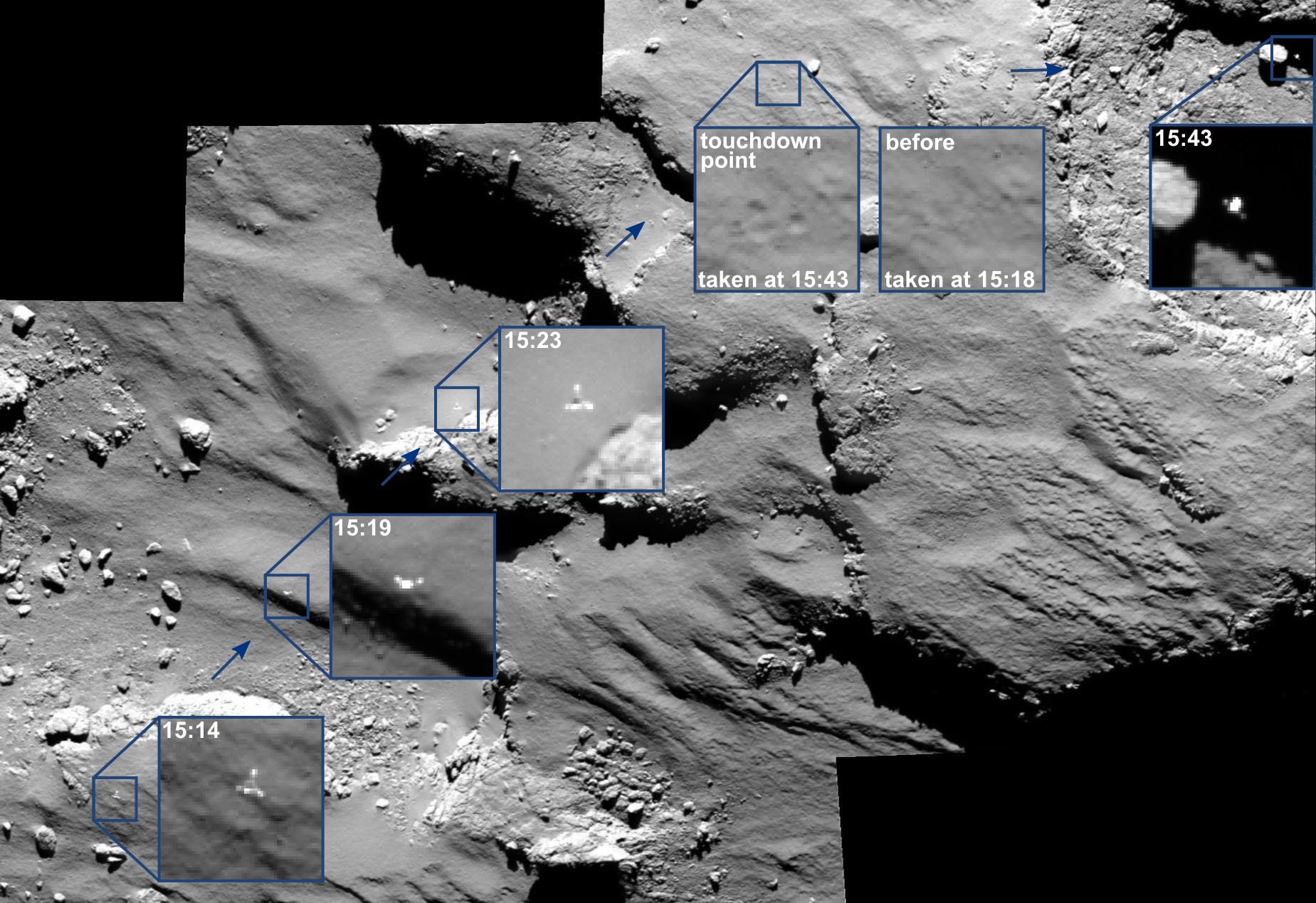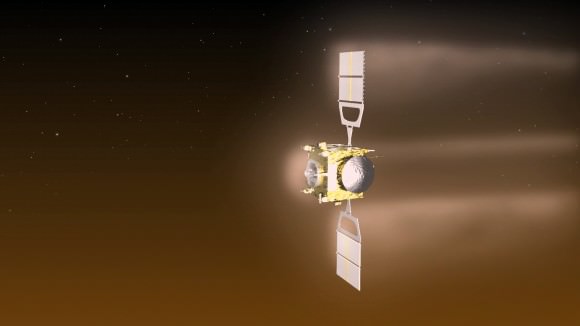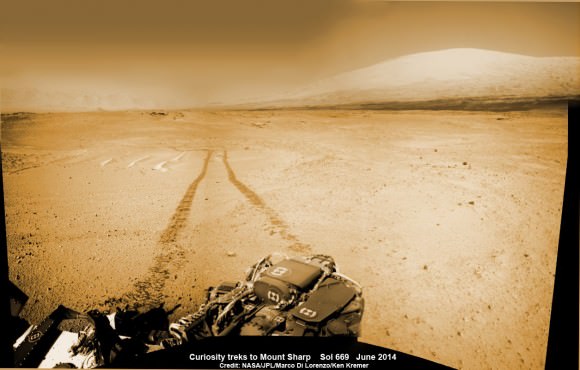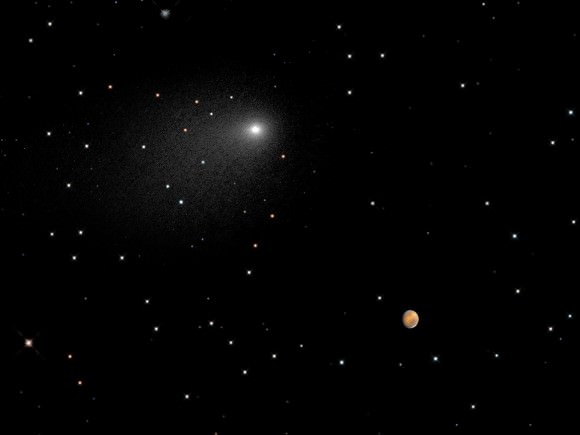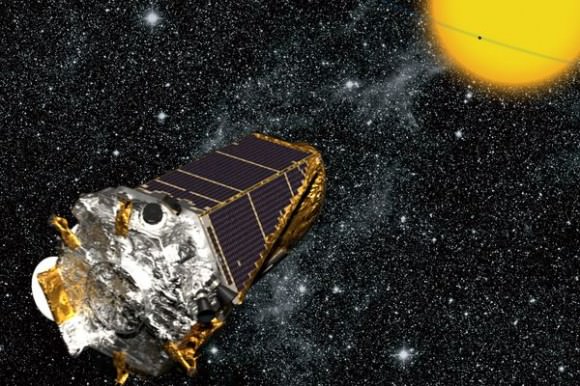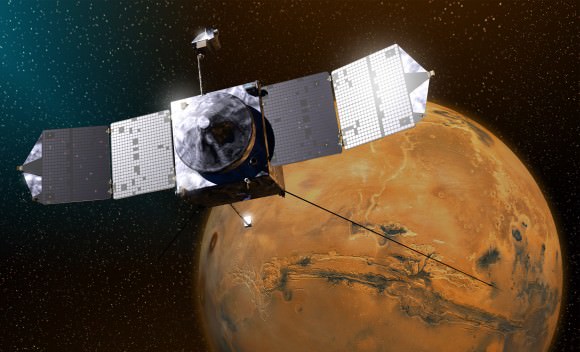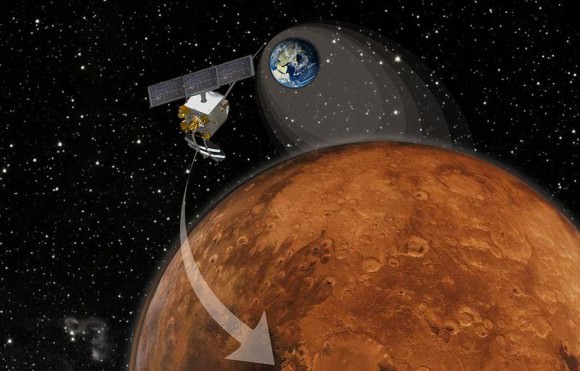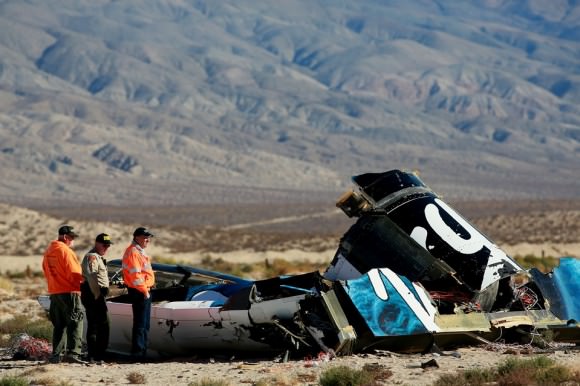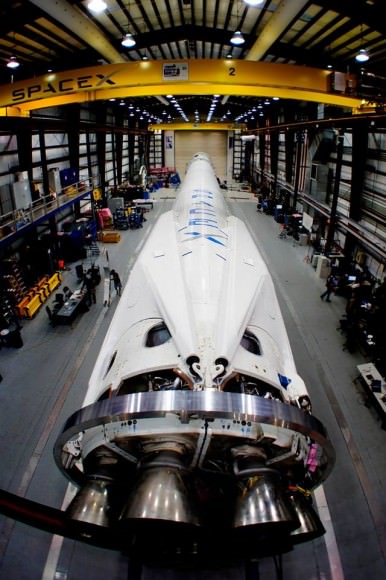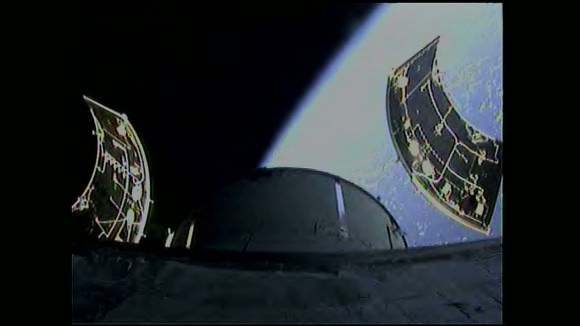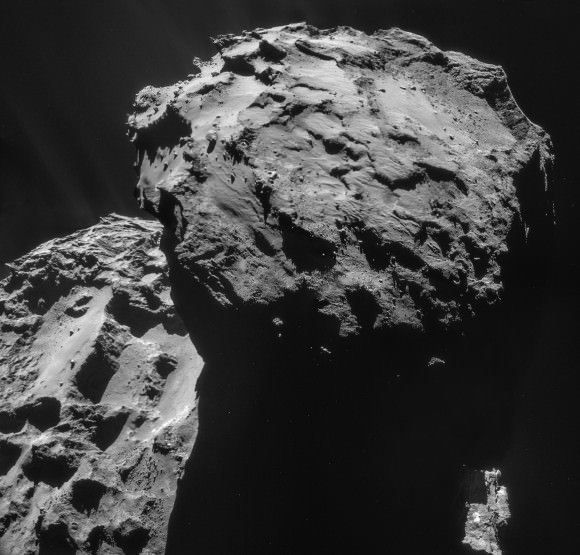When it comes to space exploration it’s resoundingly clear that rock band ‘One Direction’ is headed in the right direction – To Infinity and Beyond! – with the release of their new NASA themed music video ‘Drag Me Down.’
The new single – ‘Drag Me Down’ – by the world famous boy band is out now and out of this world!
Just click on the Vevo video above and enjoy their musical tour through space exploration themed videos filmed on location at NASA facilities, including the Johnson Space Center – home to astronauts training to explore ‘Where No One Has Gone Before.’
Over 18,100,000 views so far!! Millions of eyeballs exposed to NASA activities like never before!
As you’ll see in the video (published on Aug. 20) the quartet got a first hand look at a host of NASA’s cutting edge technology and hardware like NASA’s Orion deep space crew capsule that’s destined to propel our astronauts back to deep space and explore wondrous destinations including the Moon, asteroids and the Red Planet, as part of the agency’s ‘Journey to Mars’ initiative.
Motivating our young people to study and excel in math, science, engineering, technology and the arts is what it’s all about to inspire the next generation of explorers and advance all humanity to fulfilling and prosperous lives.
“#DragMeDownMusicVideo @space_station Gravity can’t drag me down! Great to see @NASA inspire our next gen #YearInSpace,” tweeted NASA astronaut Scott Kelly currently working aboard the International Space Station.
Lets join “One Direction’s” space tour.
So the guys donned NASA’s spacesuits as they began ‘training’ to fly aboard NASA’s Orion spaceship.

Orion flew its first uncrewed mission on the EFT-1 flight in December 2014, launching aboard a United Launch Alliance Delta IV Heavy rocket.
Harry, Niall, Louis and Liam all got suited up to check out and sit inside an Orion trainer. Next you’ll see them ‘blast off’ for space atop the Delta IV rocket from the Florida Space Coast in their music video.
But first they rollick with the astronauts T-38 training jets which are used by real-life astronauts to practice spacecraft operations at supersonic speeds up to Mach 1.6 and experience blistering accelerations of more than seven Gs!
Here we join Louis to rove around Johnson Space Center in NASA’s Space Exploration Vehicle that will one day be used for awe-inspiring interplanetary journey’s to the surface of alien bodies like the moon, near-Earth asteroids and Mars!
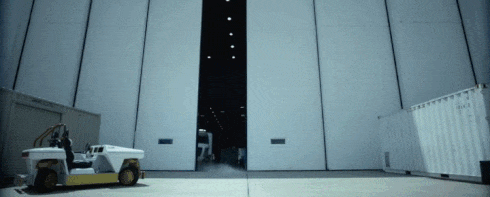
Wouldn’t you like to join Louis!
Meanwhile Harry got to hang out with Robonaut at the Johnson Space Center during the filming of the music video.
Simultaneously the Robonauts twin brother, Robonaut 2, is hanging out in space right now with other humans. Robonaut 2 is working side-by-side with NASA astronauts Scott Kelly and Kjell Lindgren and the rest of the six man crew floating aboard the International Space Station and soaring some 250 miles (400 kilometers) overhead.
“Going where the risks are too great for people, robots will make it so we never get ‘dragged down’!” says NASA.
“Currently living in space, @StationCDRKelly is 1 of 6 people that literally cannot be dragged down. #DragMeDown,” NASA tweeted.
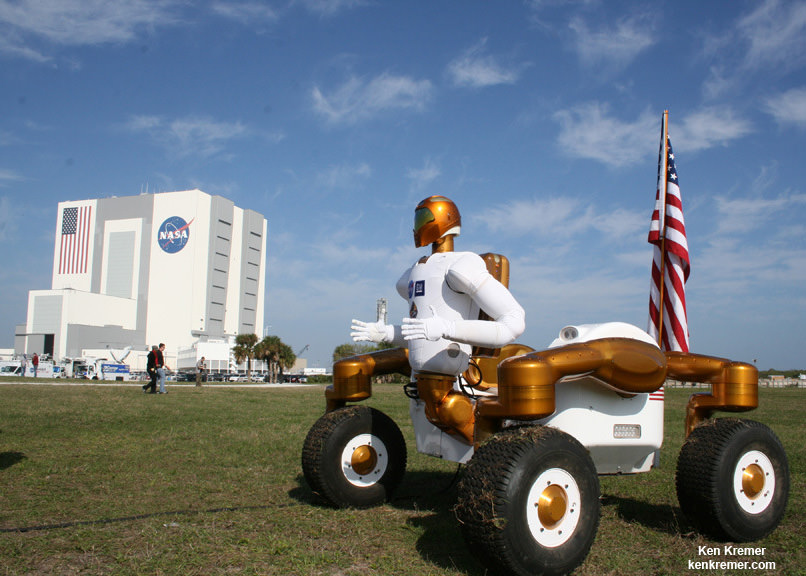
And here’s Niall experiencing reduced gravity in the Partial Gravity Simulator & Space Station Mockup Bike. This simulator is where astronauts learn how to work effectively in the partial gravity of space and on the surface of other worlds
I’ve been a fan of ‘One Direction’ and now nothing will ‘hold me back’ following #DragMeDown.
And don’t forget that you can watch Commander Scott Kelly and his five international crew mates on a regular basis as they soar overhead. Just click on NASA’s Spot the Station link and plug in your location.
And make sure you sign up to ‘Send Your Name to Mars’ on InSight – NASA’s next Mars Lander. The deadline is Sept 8 – sign up details in my story here.
Orion’s inaugural mission dubbed Exploration Flight Test-1 (EFT) was successfully launched on a flawless flight on Dec. 5, 2014 atop a United Launch Alliance Delta IV Heavy rocket Space Launch Complex 37 (SLC-37) at Cape Canaveral Air Force Station in Florida.
Here’s what the real Orion EFT-1 looked like after the mission was successfully completed and it was recovered from splashdown in the Pacific Ocean.
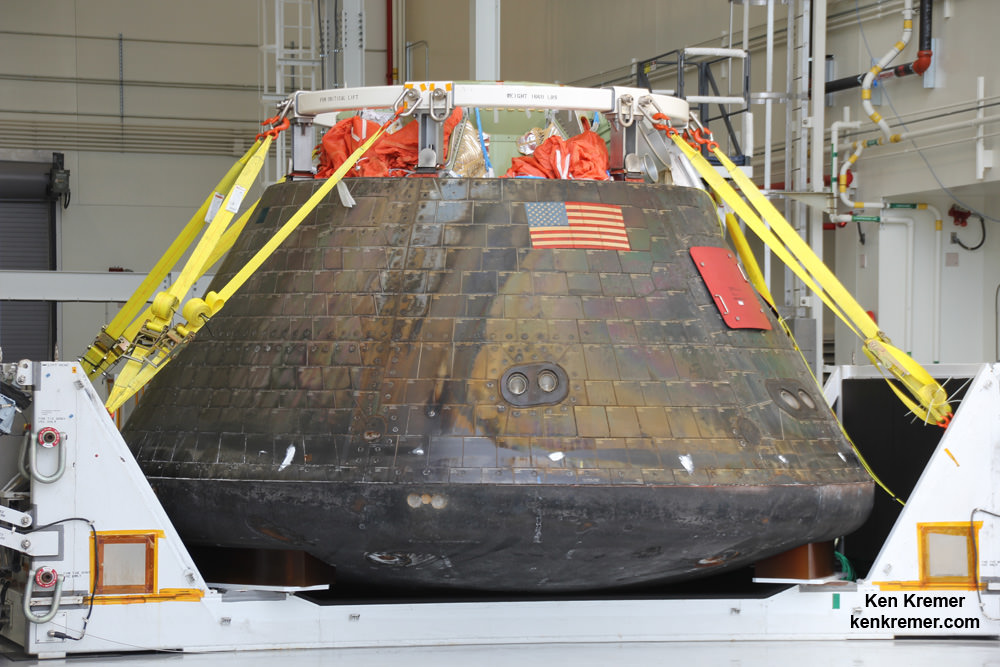
Right now NASA is building the next Orion.
If you desire to be aboard a future Orion, don’t let anything ‘Drag You Down.’
And tell Congress and the White House to ‘Support Full Funding for NASA!’ – – Because Congress has significantly slashed funding for the commercial crew capsules in the upcoming 2016 Fiscal Year budget!
Stay tuned here for Ken’s continuing Earth and planetary science and human spaceflight news.
